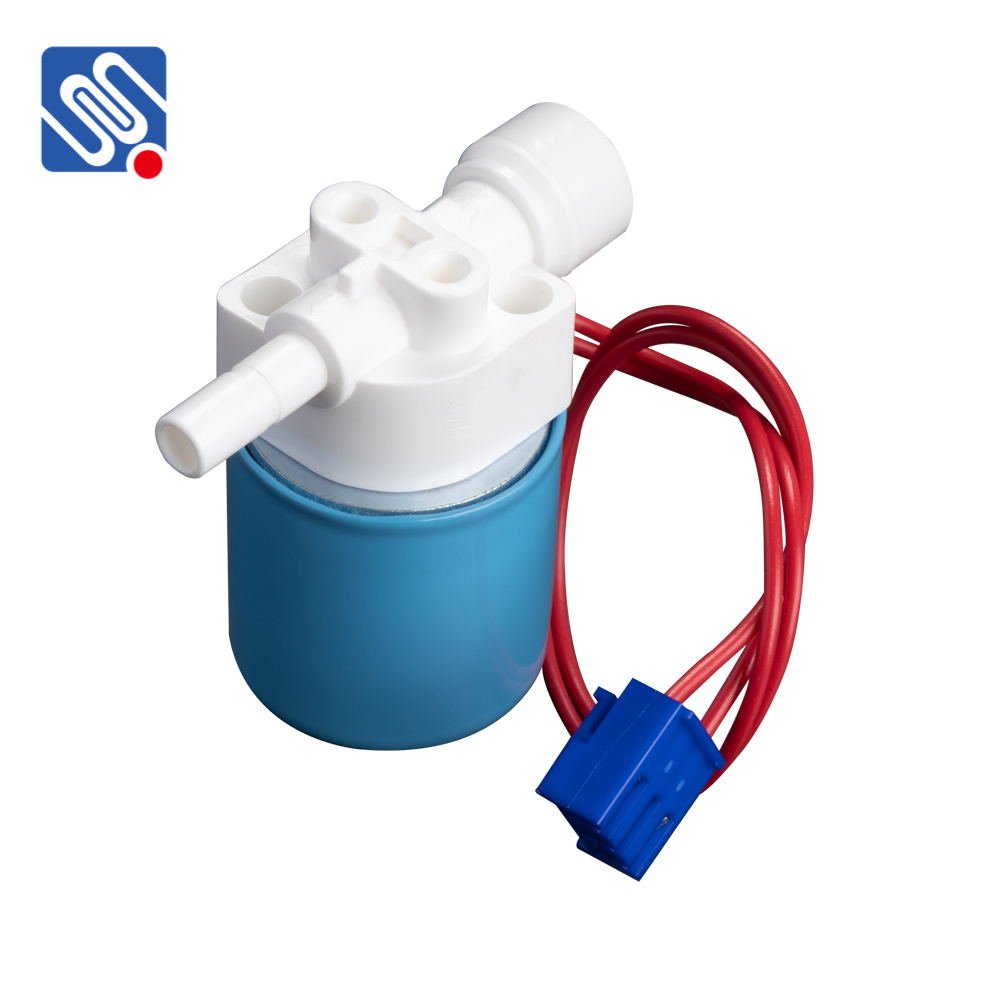In today’s modern water treatment industry, reverse osmosis (RO) systems play a vital role in purifying water for residential, industrial, and commercial use. These systems rely on various components to ensure the efficient operation of water filtration, and one of the most essential components in an RO system is the RO solenoid valve. This article explores the functionality, importance, and benefits of the RO solenoid valve, shedding light on its role in ensuring the smooth operation of reverse osmosis systems.

What is an RO Solenoid Valve? An RO solenoid valve is an electromechanical device that controls the flow of water within a reverse osmosis system. It operates by using an electromagnetic solenoid to open or close a valve in response to electrical signals. This allows for precise control over the water flow, which is crucial in a reverse osmosis setup, where water flow needs to be regulated to maximize efficiency and performance. In a typical reverse osmosis system, the solenoid valve controls the entry and exit of water, ensuring that the system only processes water when necessary and that waste water is disposed of efficiently. These valves are most commonly used in the inlet water line to regulate water flow into the RO system and also in the drain line to control the expulsion of rejected water.
Leave a Reply